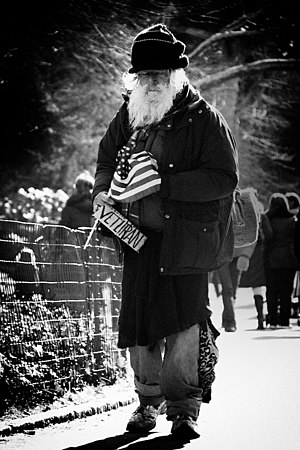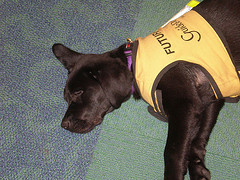A recent report from the National Alliance to End Homelessness predicted the number of elderly homeless people could increase 33% by 2020 and more than double by 2050.
The alliance recommends that the supply of subsidized affordable housing for economically struggling elderly persons be increased and that permanent housing be created to end chronic homelessness. The alliance also suggests advancing research to better understand the needs of the elderly homeless population.
In Pasadena, CA, homelessness increased more than 21% between 2009 and 2011. The 2010 US Census found that more than 21,000 people in 8,000 households in Pasadena (a fairly wealthy city) had incomes below $15,000 and were considered at-risk for homelessness. Researchers also found that 14% of Pasadena residents were living below the poverty level, including 19% of children, 23% of families with a female head and 13% of people over 65.
Anne Lansing, co-chair of the Pasadena Housing and Homeless Network and project manager for the Pasadena Housing Department says:
As the population ages, the homeless population will age correspondingly with it. If they’ve become homeless when they were seniors, there is a great deal of anger. They feel that society has basically failed in its social contract.
Most of these seniors have been homeless for a long time, aging on the street. Unless there are serious efforts to increase their housing opportunities, many will continue to live on the streets.
Providing for the elderly homeless provides new challenges for agencies, because older people are sicker and require a wide range of medical services. A lack of housing exacerbates their medical problems. Lansing points out that arthritis is more debilitating when one is sleeping on concrete instead of a bed.
Marvin Gross, CEO of Union Station Homeless Services, in Pasadena, says:
We don’t dispense medication, but we work with seniors to make sure that they take certain medications at a certain time. Seniors need more time and attention from our case-management staff.
Union Station offers two health clinics, and its staff arranges doctors’ appointments and ER visits. Staffers also assist those with mobility and mental health issues.
Because many seniors are in poor health, they are unable to perform the activities that enable some younger homeless people to eventually become self-sufficient. So homeless seniors are more likely to remain homeless for the rest of their lives.
Union Station provides employment assistance for its homeless population, but many homeless seniors face age discrimination when they attempt to re-enter the workplace.
Gross adds:
Homelessness is one more barrier to getting a job. Many seniors are disabled and can’t get work.
Elderly people who are homeless are often eligible for government assistance, including Social Security, Medicare, Medi-Cal and Section 8 rent subsidies, but they are often unaware that they qualify for these programs. Or they do not know how to obtain these benefits. Helping senior citizens receive assistance is yet another task that Union Station performs for its residents.
Related articles









 Judge Michael Tynan’s fourth-floor courtroom in downtown L.A.’s Criminal Courts building is in our spotlight today. It’s a room that’s usually packed with people that are often discarded by society: the addicts, the mentally ill or disadvantaged, the homeless, and, more recently, the female parolees.
Judge Michael Tynan’s fourth-floor courtroom in downtown L.A.’s Criminal Courts building is in our spotlight today. It’s a room that’s usually packed with people that are often discarded by society: the addicts, the mentally ill or disadvantaged, the homeless, and, more recently, the female parolees.








